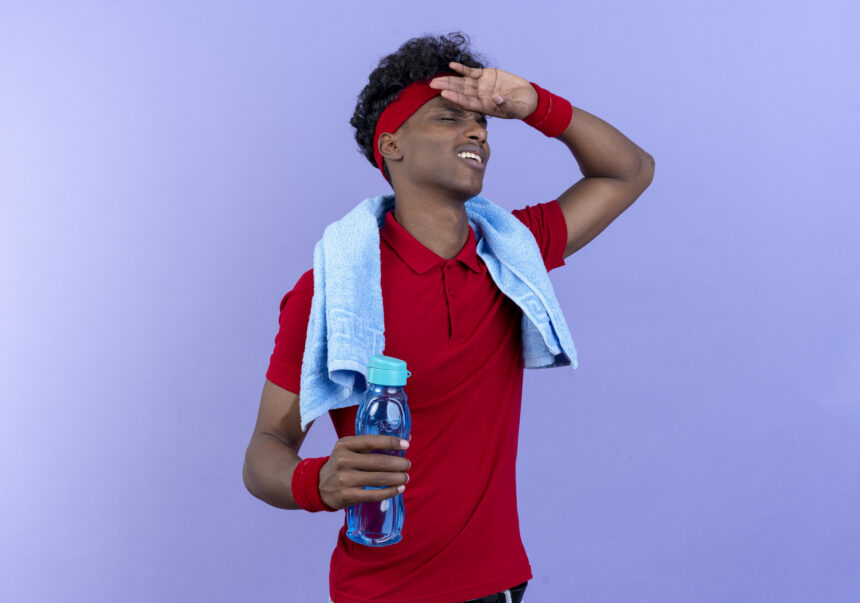South Africa experiences scorching hot summers, with temperatures often reaching extreme highs. As the mercury rises, it becomes crucial to protect yourself from the dangers of heatstroke. Heatstroke is a severe heat-related illness that can be life-threatening if not addressed promptly. However, by taking preventive measures and being aware of the signs and symptoms, you can enjoy the summer while keeping yourself safe. Here are some important tips on how to prevent heatstroke in hot South African summers.
- Stay Hydrated: Proper hydration is key to preventing heatstroke. Drink plenty of fluids throughout the day, even if you don’t feel thirsty. Opt for water, herbal teas, and electrolyte-rich beverages to replenish the salts lost through sweat. Avoid excessive consumption of alcohol and caffeinated drinks as they can contribute to dehydration.
- Dress Appropriately: Wear lightweight, loose-fitting, and breathable clothing that allows air circulation and aids in sweat evaporation. Opt for light colors that reflect sunlight instead of absorbing heat. Protect your head and face by wearing a wide-brimmed hat and sunglasses.
- Seek Shade: Limit your exposure to direct sunlight, especially during the hottest parts of the day. Seek shade whenever possible, and if you’re outdoors, use umbrellas, or canopies, or seek shelter in buildings with air conditioning. Avoid prolonged outdoor activities during peak heat hours, usually between 10 am and 4 pm.
- Use Sunscreen: Protect your skin from harmful UV rays by applying sunscreen with a high sun protection factor (SPF). Reapply it every two hours, especially if you’re sweating or swimming. Sunburn can impair your body’s ability to cool down and increase the risk of heat-related illnesses.
- Stay Cool Indoors: Ensure that your home or workplace is properly ventilated and, if possible, equipped with air conditioning. If you don’t have air conditioning, use fans or take cool showers or baths to lower your body temperature. Use curtains or blinds to block out direct sunlight and keep the indoor environment as cool as possible.
- Take Regular Breaks: If you’re engaged in outdoor activities or working in hot conditions, take frequent breaks in shaded or air-conditioned areas. Use these breaks to rest, cool down, and hydrate yourself.
- Modify Your Exercise Routine: Avoid vigorous physical activity during extreme heat. If you exercise outdoors, do it during cooler times of the day, such as early morning or late evening. Listen to your body and take it easy. If you feel lightheaded, dizzy, or excessively fatigued, stop exercising and seek shade and hydration immediately.
- Check on Vulnerable Individuals: Keep an eye on infants, young children, the elderly, and those with chronic illnesses. They are more susceptible to heat-related illnesses and may require extra attention and assistance in staying cool and hydrated.
- Educate Yourself: Learn to recognize the signs and symptoms of heat-related illnesses, including heatstroke. Symptoms may include high body temperature, rapid pulse, headache, dizziness, confusion, nausea, and hot, dry skin. If you or someone around you experiences these symptoms, seek medical attention immediately.
- Be Prepared: Carry a water bottle with you at all times, especially when venturing outdoors. Pack a small first aid kit that includes items like sunscreen, bandages, and a thermometer. Familiarize yourself with emergency procedures and contact numbers in case of heatstroke or other heat-related emergencies.
By following these preventive measures, you can significantly reduce the risk of heatstroke during the hot South African summers. Remember, heatstroke is a serious condition that requires immediate medical attention. Stay vigilant, take care of your body, and enjoy the summer season safely.










